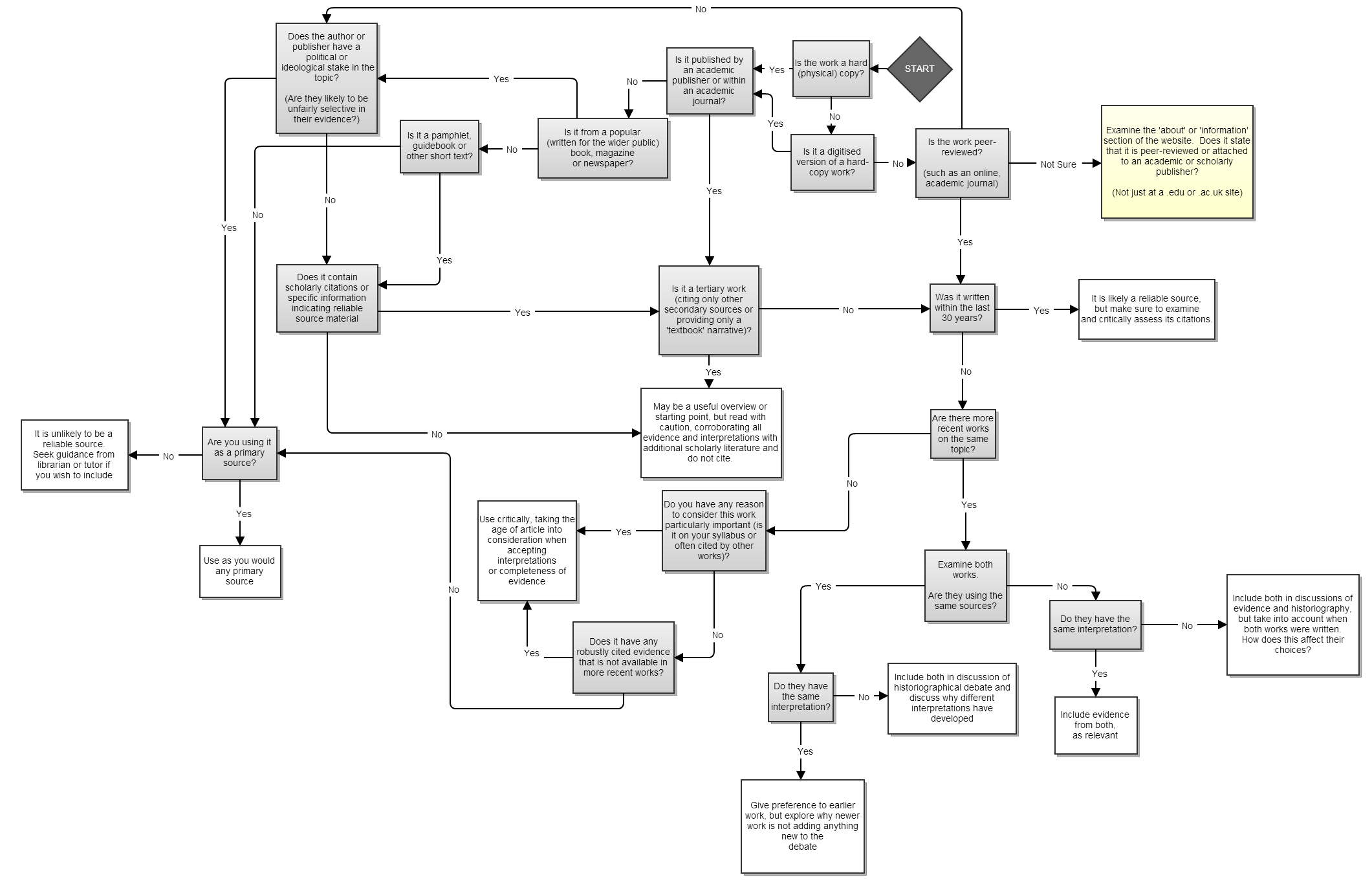BLOG #7: Title your blog post “Evaluation of Scholarly Sources.”
 |
| Source: https://en.wikipedia.org/wiki/Wikipedia_talk:Identifying_reliable_sources/Archive_41 |
Now that you’ve settled on a specific controversy within your discipline (in Blog Post 6), use one of the library databases (Academic Search Complete, LexisNexis, JSTOR, and/or Web of Science) or Google Scholar for 2 more sources for your project. This time, however, you are looking for scholarly sources about the subject of the controversy.
Remember that the features of scholarly sources are described in...
detail, in the “Scholarly Sources” column of the “Scholarly vs. Popular Sources: A Quick Reference Guide” on Student’s Guide pages 101-3. So, the sources you find for this exercise should look like the ones described there, and should follow those conventions.
detail, in the “Scholarly Sources” column of the “Scholarly vs. Popular Sources: A Quick Reference Guide” on Student’s Guide pages 101-3. So, the sources you find for this exercise should look like the ones described there, and should follow those conventions.
Create some search terms based on the title and subject of your controversy (or, perhaps, the names of key figures or key events involved in the controversy).
Browse through the first 5-to-6 pages of results for your different searches to get a sense of what kinds of scholarly sources exist for your project.
Also, try targeting the academic journals that belong to your field - the ones you learned about and discovered in Blog Post 5.
Out of all the results you look through, decide on 2 sources that you feel are the most useful. You may find that you have to settle for sources that are simply related through content or context, to your specific controversy. You might not be able to find scholarly sources that are specifically about your controversy. That’s okay! So find some scholarly sources that are about issues raised by the controversy or are related in some way to key features of the controversy.
Once you’ve settled on 2 scholarly sources that you feel will be useful, analyze both sources in a short blog post.
For each source, provided short but detailed answers to the following selected questions posed in the far-left column of the “Scholarly vs. Popular Sources: A Quick Reference Guide” on Student’s Guide pages 101-3:
- What is its purpose?
- How and where is it published?
- What kinds of sources does it cite?
- Who is the author?
- Who is its intended audience?
- How did I find it?
No comments:
Post a Comment